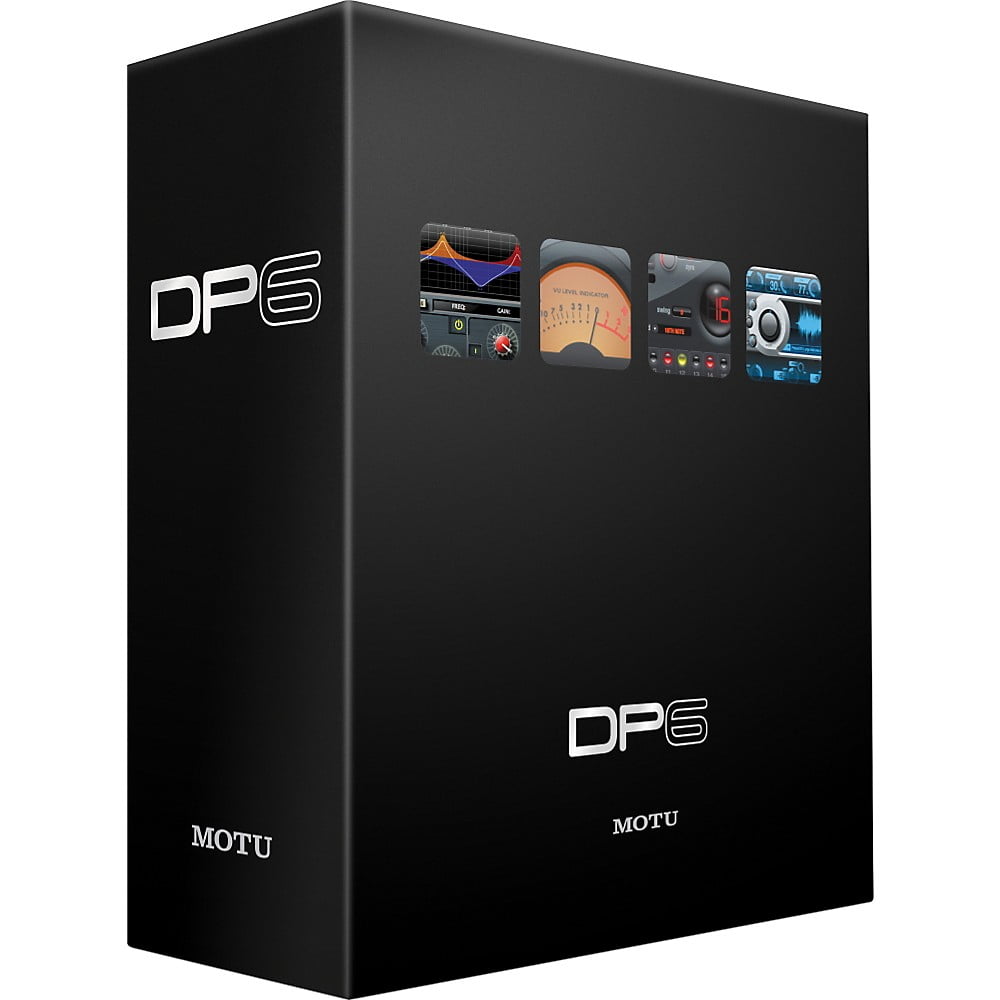

Interleaved Broadcast WAV (BWF) is now the default, with AIFF as a further option, and BWF files can be stamped with author, copyright and organisation code information. Open up the Preferences window (by hitting Apple-comma), select Audio Options, and you'll see that you're not obliged to record audio in mono or split Sound Designer II format, although you can if you want to. Just as important are the behind-the-scenes changes. (See the 'Comp' section for an introduction to this great new feature.) The Tracks Overview window now has vertical zoom buttons at its bottom right and its tracks can now be resized (although not individually, sadly), and in the Tools palette there's a new Comp tool.

In the Sequence Editor and other editing windows, cigar-shaped areas near the top, labelled C, E, S and G, present the information that previously appeared in the so-called 'event info bar', relating to Cursor position, Event data, Selection and editing Grid snap. Then there are specific cosmetic changes. Whereas this was previously always attached to the sides of editing windows or the Mixing Board, now it can appear in its own side-bar cell, or even be popped out into its own window. Also check out the Track Selector at bottom right. What else? Windows appearing in the Consolidated Window's two side-bars have 'tab' tops, and more than one can appear in each side-bar cell. But it does bring back permanent confirmation of sample rate and bit depth - hooray!

The Control Panel is very different, too, with a new layout and none of the collapsible 'drawers' of versions past, and no buttons to open different editing windows. Look at the title bar of the consolidated window, for example there's the familiar OS X 'traffic lights', but none of DP5's non-standard stuff.
DIGITAL PERFORMER 6 UPDATE SKIN
Plus Ça change.Īs this month's header graphic shows, there are very noticeable cosmetic changes in DP6, some of which are more than skin deep.
DIGITAL PERFORMER 6 UPDATE UPGRADE
Except that everything now feels that much slicker! We'll be bringing you a DP6 review very soon, but in the meantime, DP users can get an upgrade head-start by reading on. But what's great is that DP6 has absolutely not reinvented the wheel - it's nothing like the transition from Cubase VST to SX, for example - and once you've learned how old functions have been transferred to the new scheme it'll be business as usual. The old look was outdated, and presented quite a learning curve to anyone who'd begun their Mac experience in the squeaky-clean, standards-based world of OS X. So on booting up DP6 for the first time last week, and even though I'd already seen screenshots and demos, I was probably as surprised as anyone by exactly how much had happened to my sequencer. And let's not forget that grey look, punctuated with various bright colours here and there. The new DP6 looks almost like a different application, and conforms much more to OS X standards, so this month we bring you the first-look guide to what's new.Įver since I started using Digital Performer, back in the days of version 2.6, which ran in OS 9 on my old bright-blue 450MHz Power Mac G3 (long since departed), I've taken for granted its non-standard features - the strange buttons for closing and expanding windows, the idiosyncratic title-bar functions and mini-menus, and the way similar functions could be presented in quite different ways in different editing windows. Digital Performer has retained the same basic look and feel from its introduction right up to version 5.13 - but no more.


 0 kommentar(er)
0 kommentar(er)
